This is an exciting time to be involved with Alaskan Native Corporations (ANC’s). There are changes occurring with the portfolios and business interests of many corporations, some opting to diversify outside of federal government contracting space that has historically been a significant source of revenue. Changes are also occurring with the demographics of the shareholders and descendants that make up these corporations.
The 1971 signing of the Alaska Native Claims Settlement Act (ANCSA) saw the formation of twelve Alaskan Regional Corporations ( the 13th was later added) and more than 200 Alaskan Village Corporations. The original shareholders within these corporations were given stock in the corporation that could not be sold but rather transferred or gifted according to the specific bylaws of each corporation.
As time has passed, ANC’s have seen a steady shift in the geographic distribution of shareholders as well a marked change in average age of shareholders. The shift of shareholders and shareholder descendants from residing in rural to urban areas as well as the broader cultural shift of how we all consume information have presented unique challenges and opportunities for ANC’s.
Foundational Improvements
Our firm, Sockeye, has had the opportunity to work with dozens of ANC’s over the years and has been involved with helping these corporations modernize their shareholder record systems as well as the delivery of information to shareholders. Nine years ago, when we first started working with shareholder record systems for ANC’s, the goal was to have an accurate, audit-able record for all of the transactions that occur within their shareholder information system.
We worked with many corporations that were still in the process of trying to take paper certificates and put these into a database that they could manage electronically. Those corporations that had already “digitized” their shareholder systems had done so on tools such as Microsoft Excel, Access, or custom databases. These electronic shareholder systems were certainly a step forward with improving data integrity, but were built to serve primarily as an electronic record for the shareholders’ stock, dividends, and shareholder certificate information.
Shareholders are More than Just a Number
As these foundational elements have now largely become a common expectation for most shareholder departments, the focus is now on building upon this to get a more multi-dimensional view of a shareholder. What is the shareholder’s interest within the corporation? What shareholders are interested in learning about vocational scholarship opportunities? Of those who were interested, how many of those have attended our career fair? The more data that ANC’s can capture with context, the more proactive they can be in engaging their shareholders on their own terms.
In an age where a growing number of shareholders and descendants consume information through social media, manage their finances online, text more than they call, and follow companies or products that interest them, ANC’s need to evolve with policies and tools to capture, communicate, and distill this valuable information.
The demographic trends that many ANC’s have observed will continue. These changes affect more than just the way that ANC’s communicate with shareholders, they affect the very makeup of ownership within the corporation itself. Those corporations that can move the needle in predicting some of the trends, proactively engage shareholders through the channels they prefer, and balance traditional values with modern tools will be well positioned for the future.
About Sockeye’s Shareholder Management Software
Sockeye has worked with dozens of Alaskan Native Corporations to implement shareholder information systems that manage all aspects of the shareholder stock administration, shareholder communication, shareholder data analysis, and dividend processing needs. Sockeye’s Shareholder Management System provides ANC’s a cloud-based, secure, and feature-rich set up tools.
